Celebrating 60 Years of the Ami 6
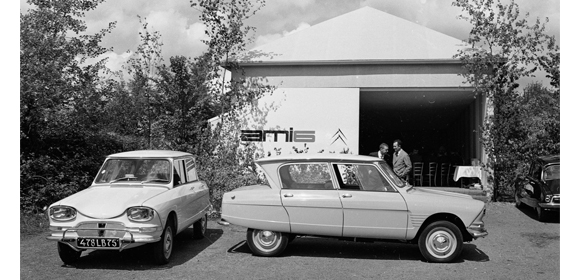
Sixty years ago today, on April 24, 1961, Citroën presented the Ami 6 to the press announcing it will be manufactured in its new plant in Rennes, France.
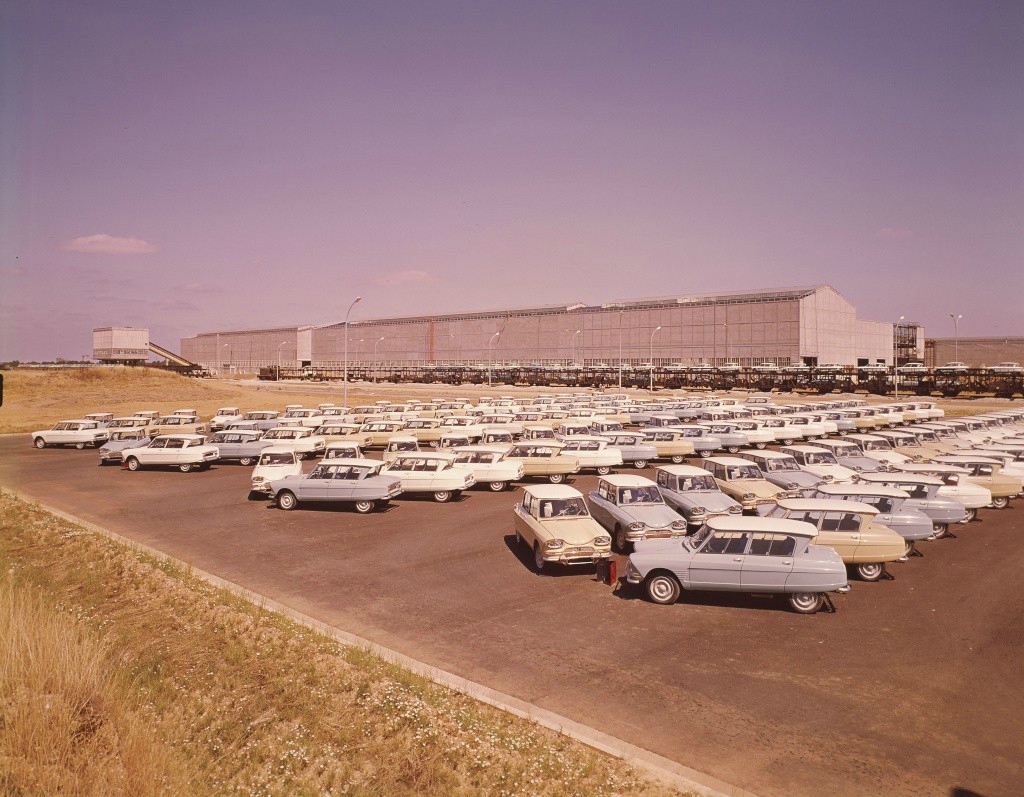
The Ami 6 was the model launched by Citroën to complete its car range, which at the time featured the 2CV, ID and DS. Citroën stressed in its press release at the time; “This model is in no way intended to replace the 2 CV, from which it differs considerably.” Citroën marketing presented it in advertising documents as the “second vehicle ideal for the lady of the household”.

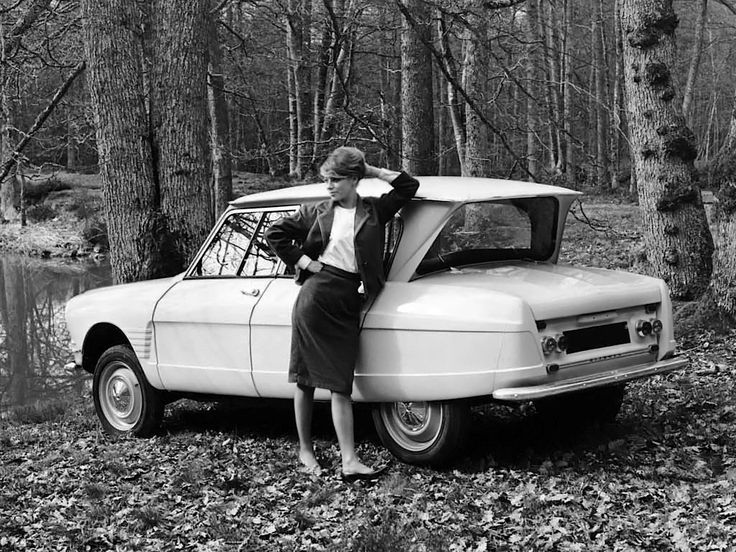
After designing the Traction Avant, the 2CV and the DS with the Citroën design team, Flaminio Bertoni was asked to create the lines of a middle-range car, known as the AM Project. Ami 6 was the result of this; his masterpiece, as he confided to his friends and family. Here, for the first time, Bertoni could express himself fully and alone without interference from anyone else imposing the style of the car. For the Ami 6, he had the bold idea of an inverted rear window which remains clear when it rains, also preserving a respectably-sized trunk with traditional opening, and spaciousness (especially headroom) in the rear seats, all while retaining reduced outer dimensions.
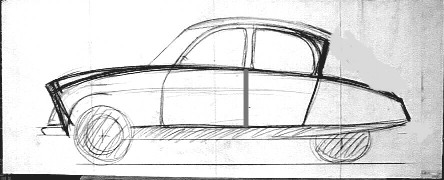
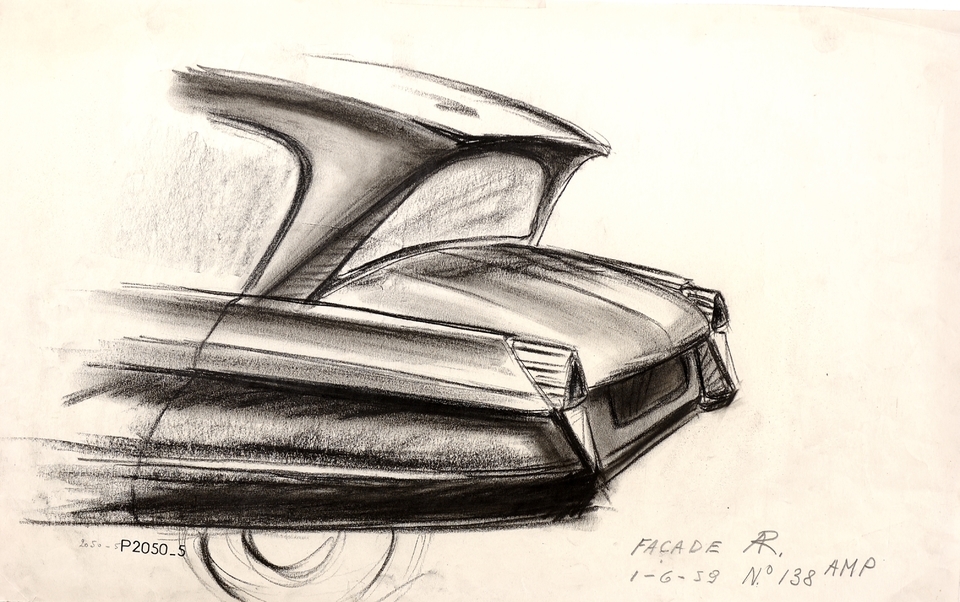
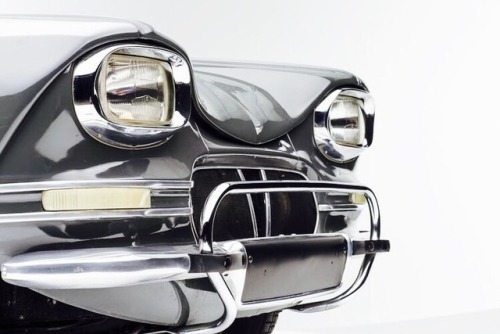
In addition to its front end hood sloping in the middle and front fenders having a fondant-draped effect to them and wide rectangular headlights (a first at that time), its pagoda-style roof and sides were highlighted with embossed lines. The Ami 6 displayed a strong character, even a “baroque style” in the words of some observers!
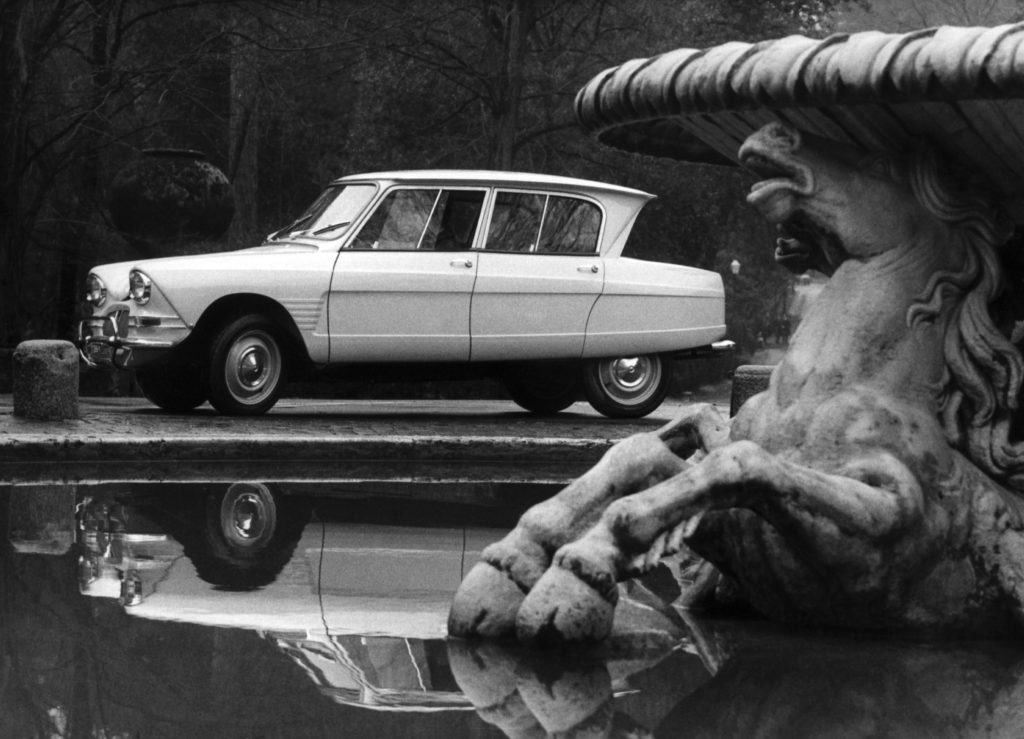
The interior of Ami 6 was inspired directly by that of the DS, from its single-spoke steering wheel and door handles to its controls and soft seats.
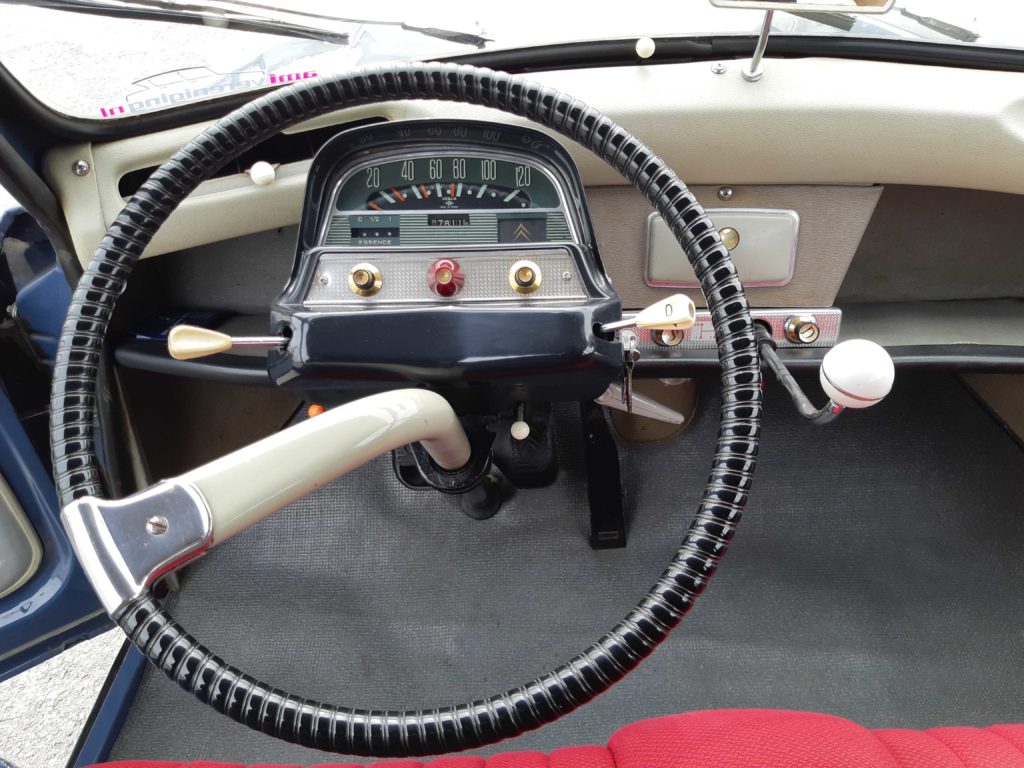
First launched in a berline (sedan) model, the Ami 6. A station wagon version, introduced in 1964, was the most successful, with 550,000 sales of the one million total Ami 6 vehicles sold until production ended in 1971.
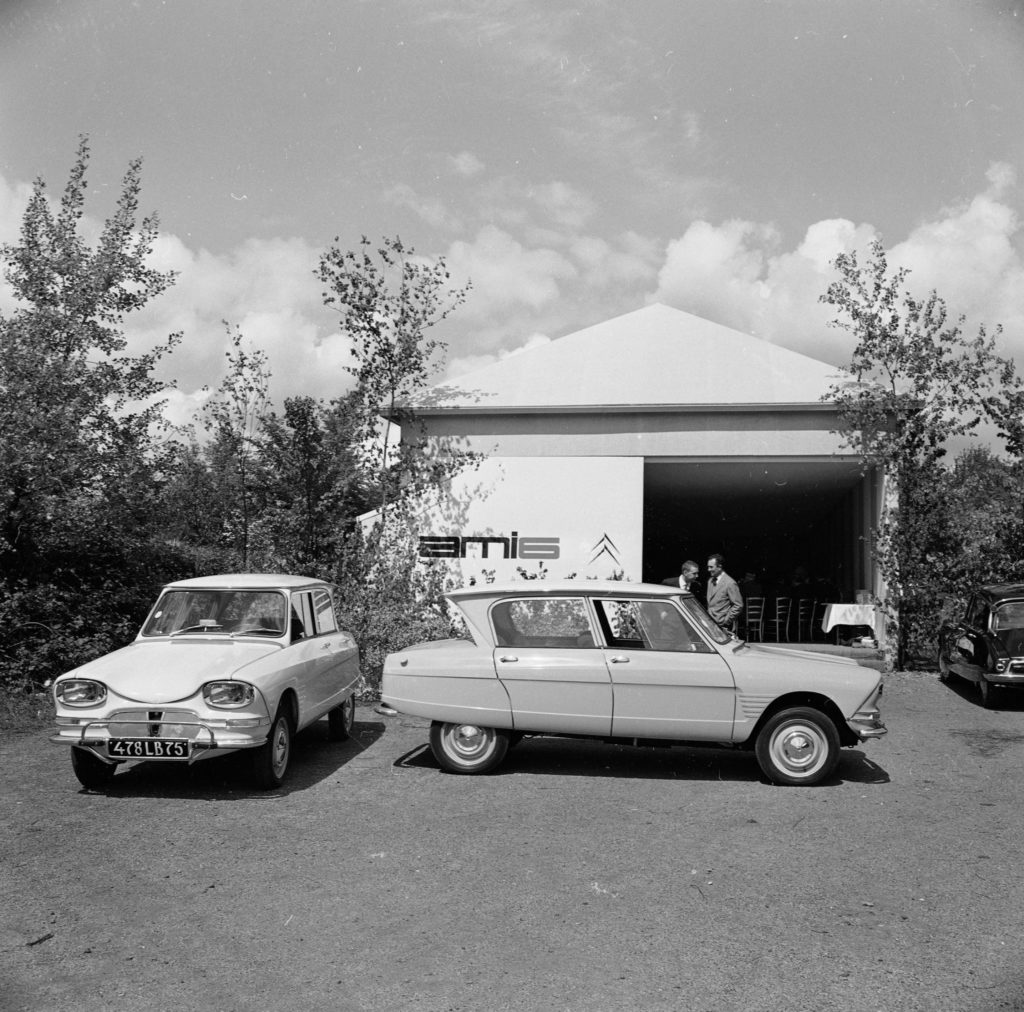
The dual-cylinder was developed from that of the 2CV but extrapolated up to 602cc and offered as standard on the Ami 6 years before a 602 cc engine was fitted into the 2CV.
From its creation, in keeping with the Citroën spirit, Ami 6 has been considered and sought after by Citroën enthusiasts as an original and innovative car. In terms of road behavior, everyone applauded the road handling and flexibility of the berline, inherited from the famous suspensions of the 2 CV.
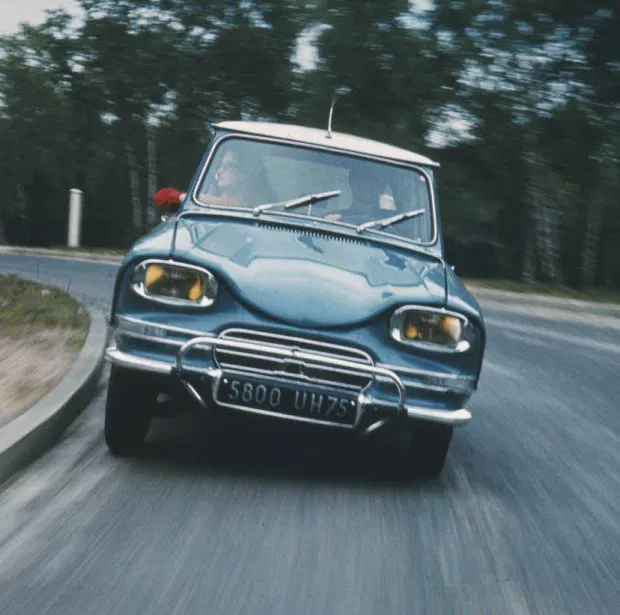
From its creation, in keeping with the Citroën spirit, Ami 6 has been an original and innovative car. Club versions with four headlights and white side trim, were sold from September 1967. Four headlight versions were also produced to conform to regulations the Canadian and USA markets. They had turn signals that sat protruded on extension pods, similar to the North American DS and ID models offered at the time.
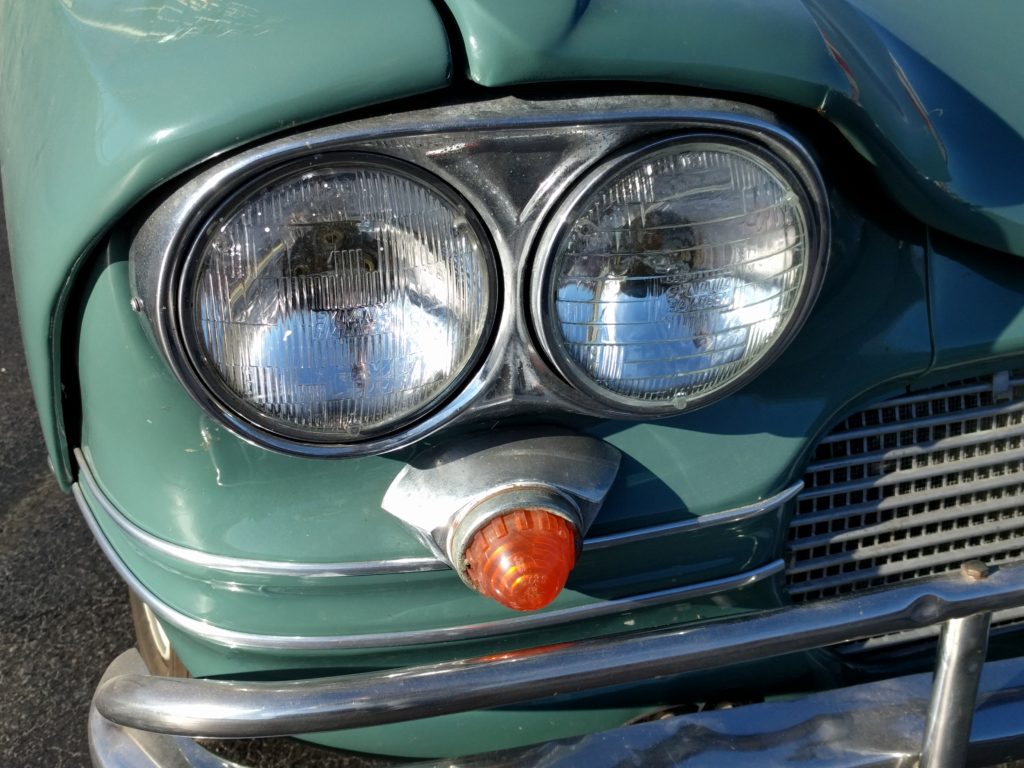
Late 1964 marked the arrival of the Ami 6 station wagon (320 kg payload) designed by Henri Dargent (assistant to Flaminio Bertoni) and by Robert Opron (successor to Bertoni, who passed away in 1964). The station wagon would boost sales and overtake the berline — a very rare occurrence in automotive history. It offered considerable cargo volume for a leisure vehicle in this category, along with easy and convenient access. Such versatility meant that a family could take a trip in great comfort and it was also suited to professional commercial and artisan use.

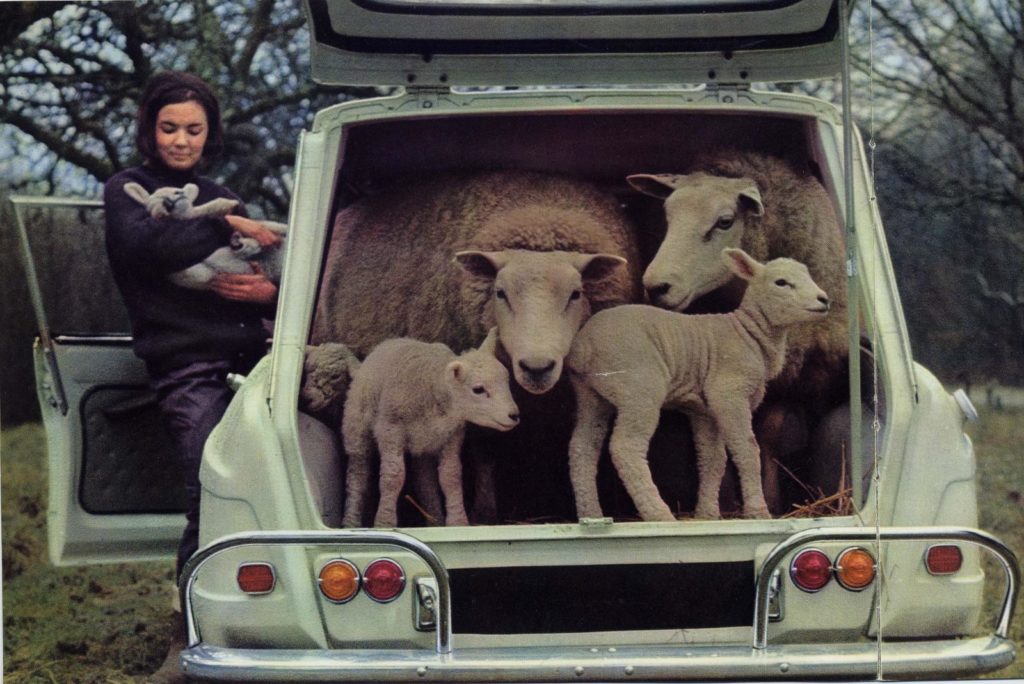
The Ami 6 was the favourite car of French people in 1966.
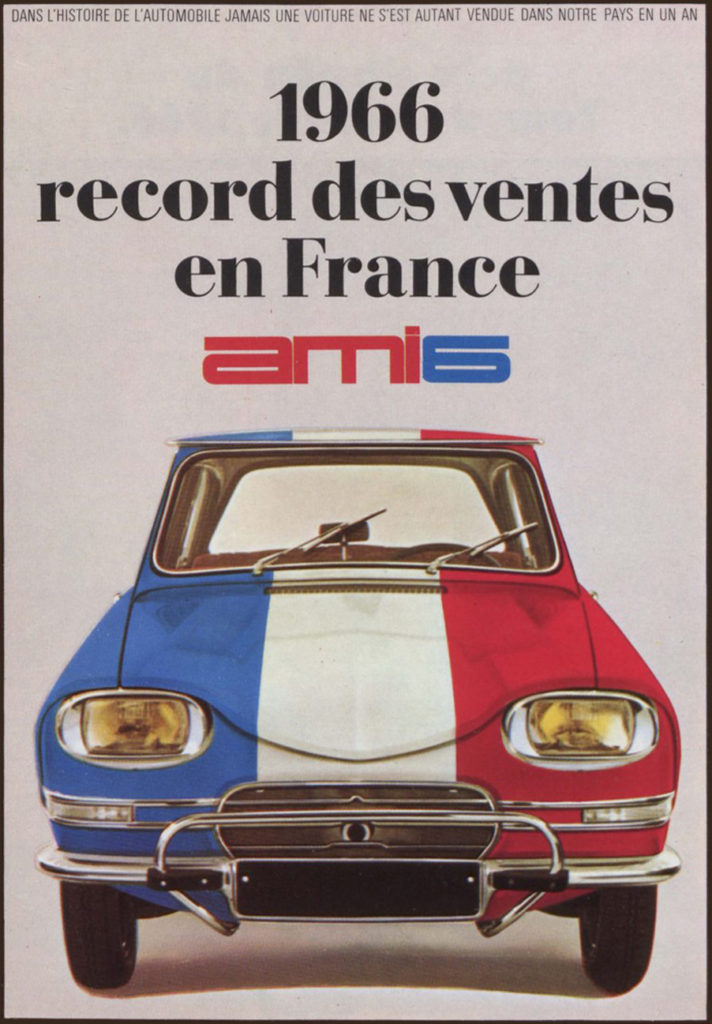

Production of the berline ended in March 1969, six months before production of the estate ended, to make way for the new, less unusual Ami 8 with its rear window facing the “right” way. The latter gave way to the Visa in 1978.
Ami 6 Fun Facts. Did You Know?
- The name Ami 6 comes from a phonetic combination that refers to the name of the Design project (AM vehicle), the title “Miss”, and amici (Italian for friend), probably inspired by its designer, Flaminio Bertoni, who was himself Italian.
- Yvonne de Gaulle, wife of General de Gaulle, drove an Ami 6. The vehicle inaugurated the Citroën plant in Rennes-La-Janais (France) while it was still under construction on 10 September 1960, a little over a year before its production began on site.
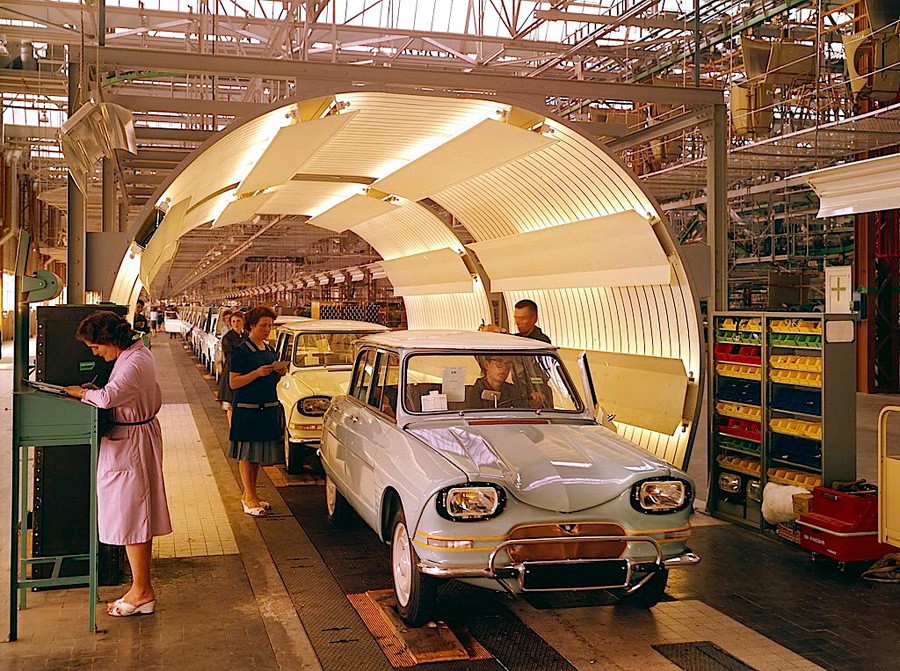
- A rally named “Le Tour de Gaule d’Amisix” was held by Citroën, setting off from Rennes-La-Janais on 19 January 1966, with two standard Ami 6 station wagon models to demonstrate their endurance and road qualities. At the finish line, 23 hours and 11 minutes later and guided by an escort, the team had covered 2,077 km at an average of 89.6 km/h.
- In June 1963, Ami 6 was presented in the United States. The export model first featured the four round headlight arrangement and reinforced bumpers.
- Production location: Paris (France) from 1961 to 1963, Rennes-La-Janais (France) from 1961 to 1969. With the Ami 6, Citroën inaugurated this brand new plant in Brittany, the brand’s first major decentralization from Paris. Forest (Belgium) from 1961 to 1969. Catila (Argentina): continued production of the Ami 6 station wagon until 1971 (with cars shipped in parts to be assembled on site).
- 1,039,384 Ami 6 vehicles produced in total: 483,986 Berlines (April 1961 to March 1969), 551,880 Estates (October 1964 to September 1969), 3,518 Enterprise (two-seater service estate, glazed and panelled versions).
- On the last Ami 6 models, the brightness of the dial could be adjusted with a small knob that controlled a rheostat.
Technical data:
Ami 6 berline April 1961:
- Engine: Type M 4
- Capacity: 602 cm3,
- Bore: 74 mm, Stroke 70 mm,
- Fiscal power: 3 CV,
- Actual power: 22 hp at 4,500 rpm
- Carburetor: Solex single barrel 30 PBI until November 1961 then 30 PICS.
- 25-litre fuel tank
General dimensions and weight:
- Length: 3.87 m
- Width: 1.524 m
- Wheel base: 2.4 m
- Curb weight: 640 kg.
Ami 6 Station Wagon – October 1964:
- Engine: Type M 4
- Capacity: 602 cm3
- Bore: 74 mm
- Stroke 70 mm
- Fiscal power: 3 CV
- Developed power: 25.5 hp at 4,750 rpm
- Carburetor: Solex single barrel 40 PICS and 40 PCIS (centrifugal clutch) until April 1964, then 40 PICS-2 and 40 PCIS-2 (centrifugal clutch).
- 25-litre fuel tank
General dimensions and weight:
- Length: 3.958 m
- Width: 1.524 m
- Wheel base: 2.4 m
- Curb weight: 690 kg.
Launch prices:
Ami 6 Berline 1961: 6,550 French francs (267 French francs for the car radio option — available from January 1962).
The same year, 2 CV AZLP 425 cm3 (centrifugal clutch): 4,950 French francs, ID 19 normal berline: 9,970 French francs.
Ami 6 – 4-seater Tourisme Estate – 1964: 7,140 French francs.
Main upgrades:
- 1962: rear passenger sliding windows (half only).
- October 1964: Estate type bodywork. New ogive bulb rear lights
- October 1967: Club finish with twin round headlights and white side trim. Enhanced finish.
- May 1968: Rear multi-function single-piece taillights. Double sliding front windows.
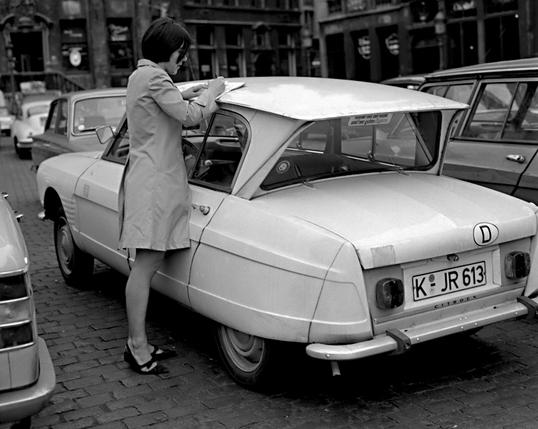
See also — The Allure of the Ami 6: https://citroenvie.com/the-allure-of-the-ami-6/

